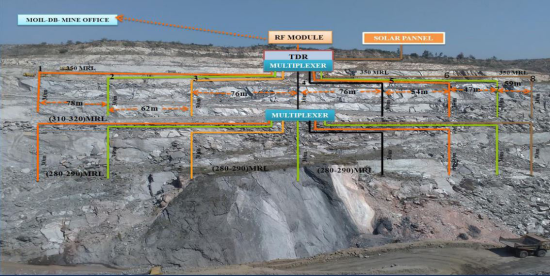2017 Photo Contest Submissions
We have a winner!
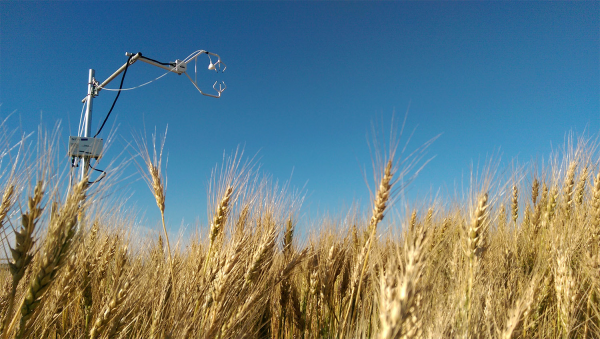
We have selected this photo of a flux measurement system in a blue-sky covered wheat field, photographed by Amanda Taylor of the University of Manitoba as the 2017 winner of our photo contest. The photo was taken south of Winnipeg, MB Canada over a wheat field at TGAS-MAN as part of a long-term research plot. This tower was part of Amanda's doctoral research comparing 3 eddy covariance towers. It was late in the season, and the wheat was golden, contrasting nicely with a blue sky where a CSAT3 and CO2 intake rises from our measurement tower.
The winner of the photo contest won not only a drool-worthy iPad Air, but the winning photo will become the face of our new 2017 calendar, which is distributed to thousands of Campbell clients and representatives from all over the world; and it will begin a new tradition for Campbell Scientific Canada.
And here's Amanda showing off her prize! Congratulations Amanda!
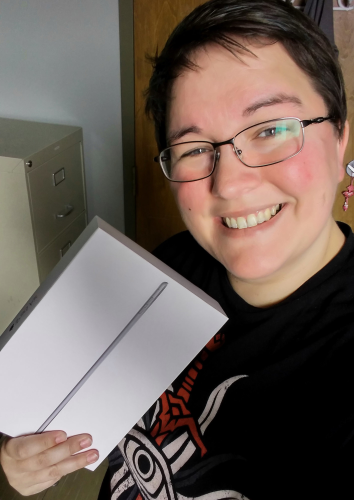
What did we look for?
- Great photography.
- Great settings: rugged, hot, cold, dusty, colourful, pretty, hilarious, wild, etc.
- Campbell Scientific systems in the field. Systems don’t need to be 100% Campbell. Users of the equipment are also encouraged to strike a pose!
Why did we hold this contest?
For over 30 years, we have used original watercolour artworks of arctic animals to create a field-sized julian day calendar to send to our clients. The calendars were a long-standing tradition and important part of our history. Some people have collected the entire set! However, the arctic animal collection has come to an end and we required a new image to be the face of our 2017 calendar.
Our clients are doing important work in some of the world’s most amazing places; we want to give you the opportunity to showcase your work. Photos keep us informed on what you’re measuring, where you’re measuring, and most importantly, why you’re measuring.
The submissions
We received many wonderful submissions this year and wanted to share them all. Thank you for all the great submissions and keep snapping those photos! Keep an eye out for next year's contest and your chance to win a great prize!
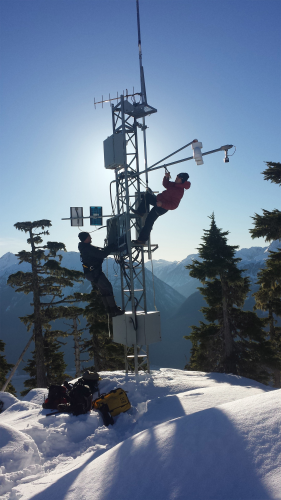
Ministry of Transportation and Infrastructure Environmental Electronics Technicians perform maintenance on a Remote Avalanche Weather Station at Iknouk Ridge high above the mouth of the Nass River in Northern B.C., Canada.
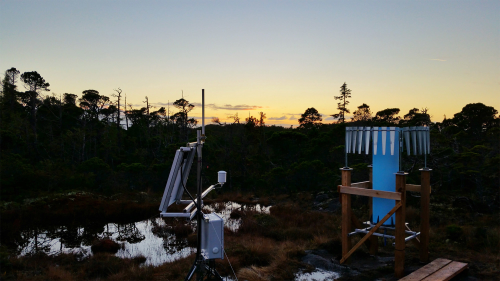
This station is in a bog forest near our remote research station on Calvert Island, B.C. This station is our reference meteorology node as a part of our network of 47 sensor nodes, over 200 individual sensors, and has captured millions of individual measurements. The sensor network supports many Hakai Institute research projects, including terrestrial ecology, hydrology, and oceanography. The network also includes 9 webcams, archiving 5-minute snapshots from dawn until dusk. The sensor network was implemented by Hakai Energy Solutions, with input and assistance from Hakai researchers and staff.

View from the rooftop of Glacier NP Mountain Fidelity station's building (British Columbia, CANADA).
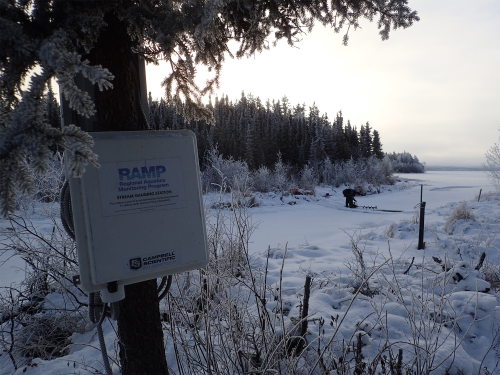
Hydrometric station at the outlet to Namur Lake, north of Fort McMurray, AB.
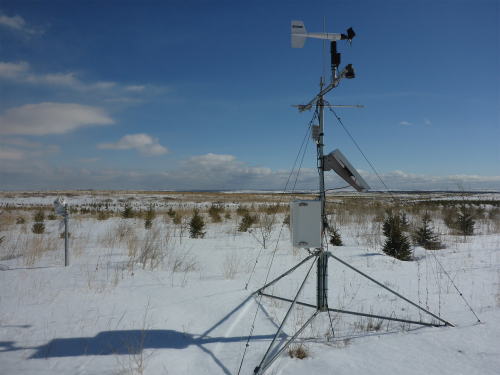
Climate station in an oil sands reclamation area near Fort McMurray, AB.
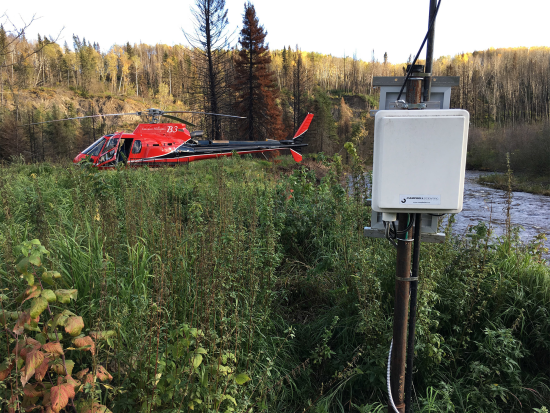
Hydrometric station on the Gregoire River, Fort McMurray, AB.
Accidents due to slope instability are one of the leading causes in surface mining operations and unexpected movement of ground causes the potential to endanger lives, demolish equipment, or destroy property. This proposed application of electronics and communication work deals with elimination of manual slope monitoring in the industry with the help of Wireless Network Infrastructure replacing the need of physical cables. The RF module will be designed and multiple sensor data transfer algorithm will be developed to acquire the data from TDR instrument.
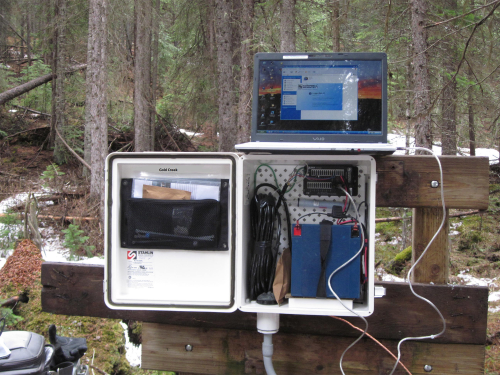
Hydrometric Station - Gold Creek
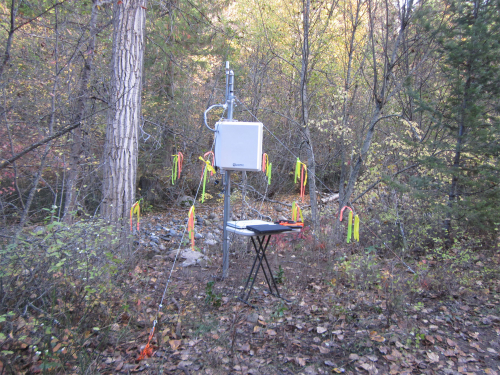
Hydrometric Station - Shorts Creek
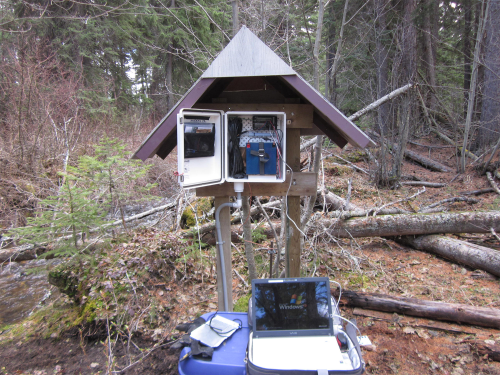
Hydrometric Station - Joseph Creek
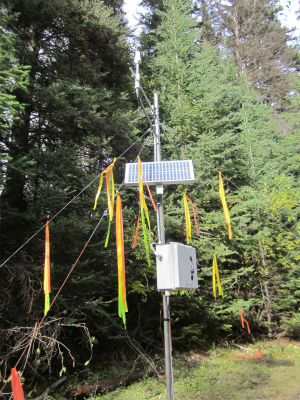
Hydrometric Station - Vernon Creek
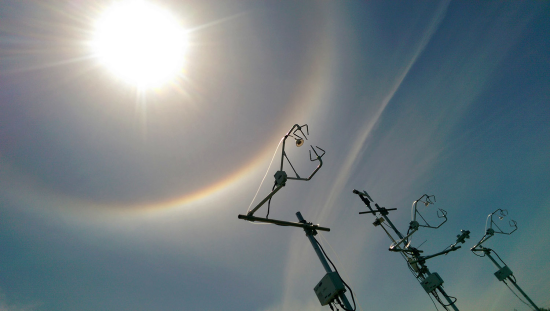
This photo is from part of my doctoral research comparing 3 eddy covariance systems. It was during calibration and testing on campus at the University of Manitoba, in Winnipeg, MB, Canada. It was a fortuitous moment that cool spring day, as sun halos formed in the sky and I saw a perfect moment to capture our instrumentation.
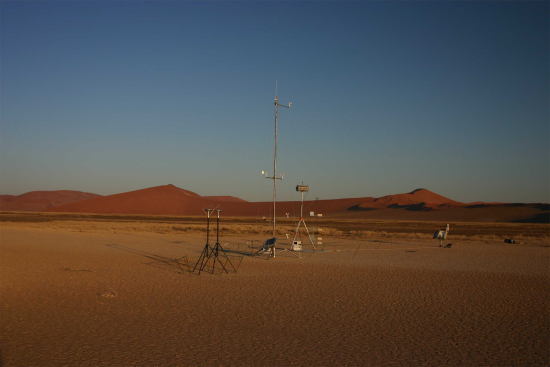
Located in Soussusvlei, Namibia, this station was part of a series of stations along the western Namibian coast within dry river beds to identify the controlling factors for dust emission processes. The Tsondab River terminates into the Namib Sand Sea before ever reaching the Ocean producing a truly spectacular backdrop of 100 million year old red dunes to our aerosol research.
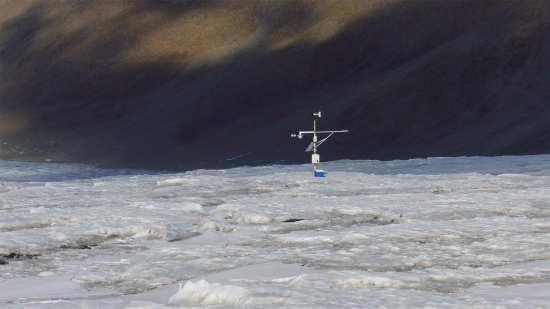
Weather station on Joyce Glacier, McMurdo Dry Valleys, Antarctica.
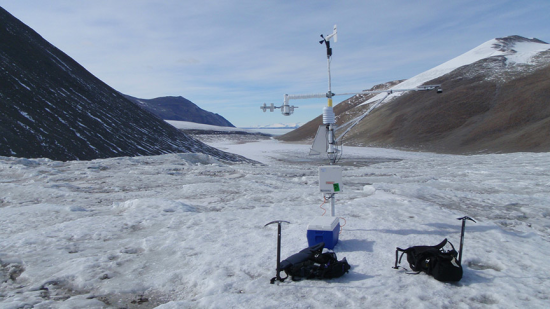
Weather station on Joyce Glacier with a view towards the Garwood Glacier, McMurdo Dry Valleys, Antartica.
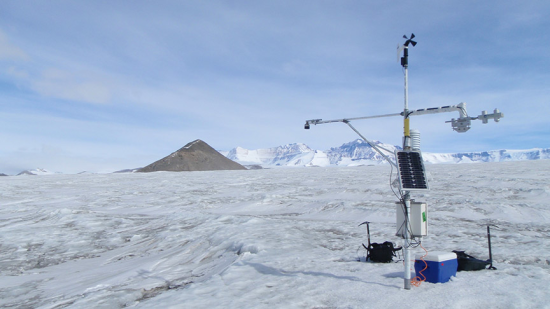
Weather station on Joyce Glacier. Pewe Peak and Royal Society Range in the background, Antarctica.
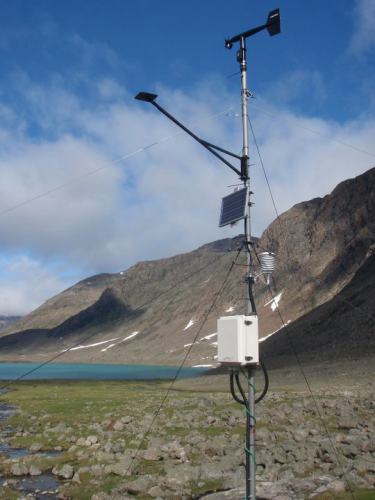
Remote climate station at the base of the largest glacier in Saglek Fjord, Torngat Mountains National Park, Labrador.
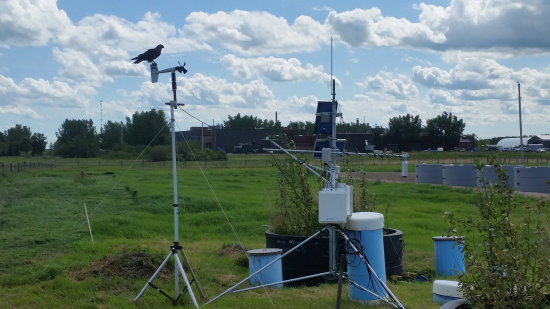
Mowing the grass around our terrestrial mesocosms, an astute hawk landed on the anemometer searching for prey. He perched there long enough for me to take a picture but as soon as I got a couple of shots off he spotted a rodent scurrying from the tall to the short grass. He dived to the ground, collected his target with his beak and transferred it to his talons mid-flight, and then flew off to enjoy his lunch.
